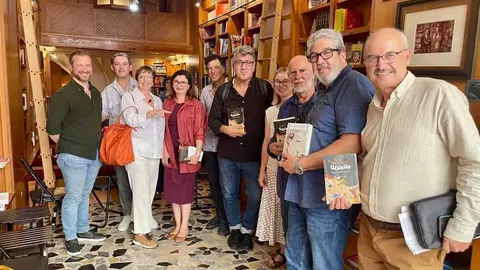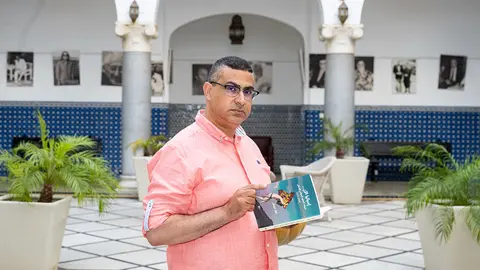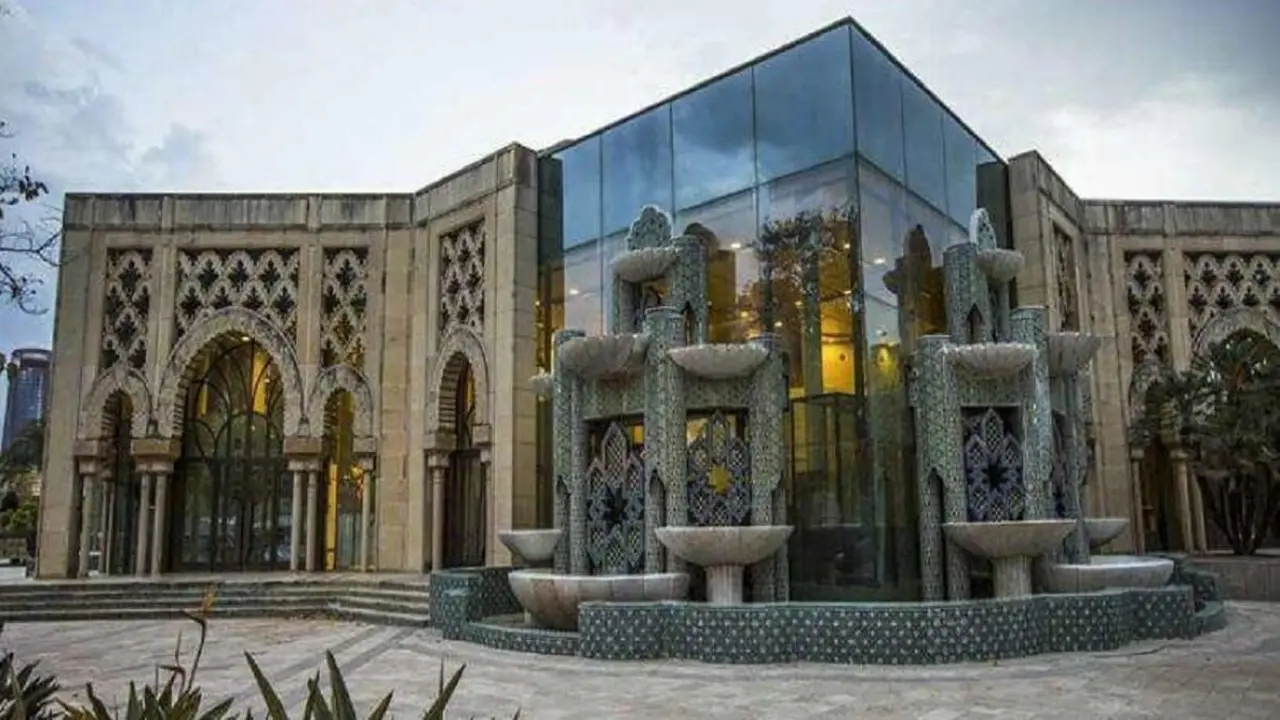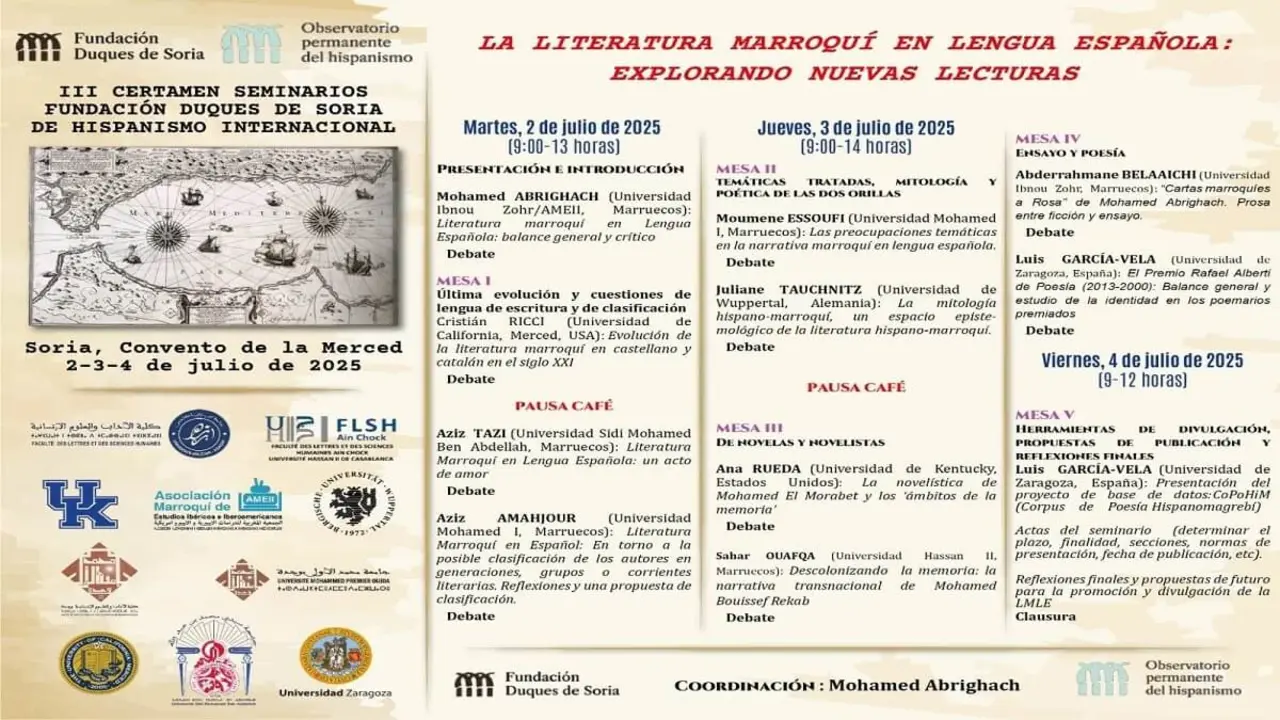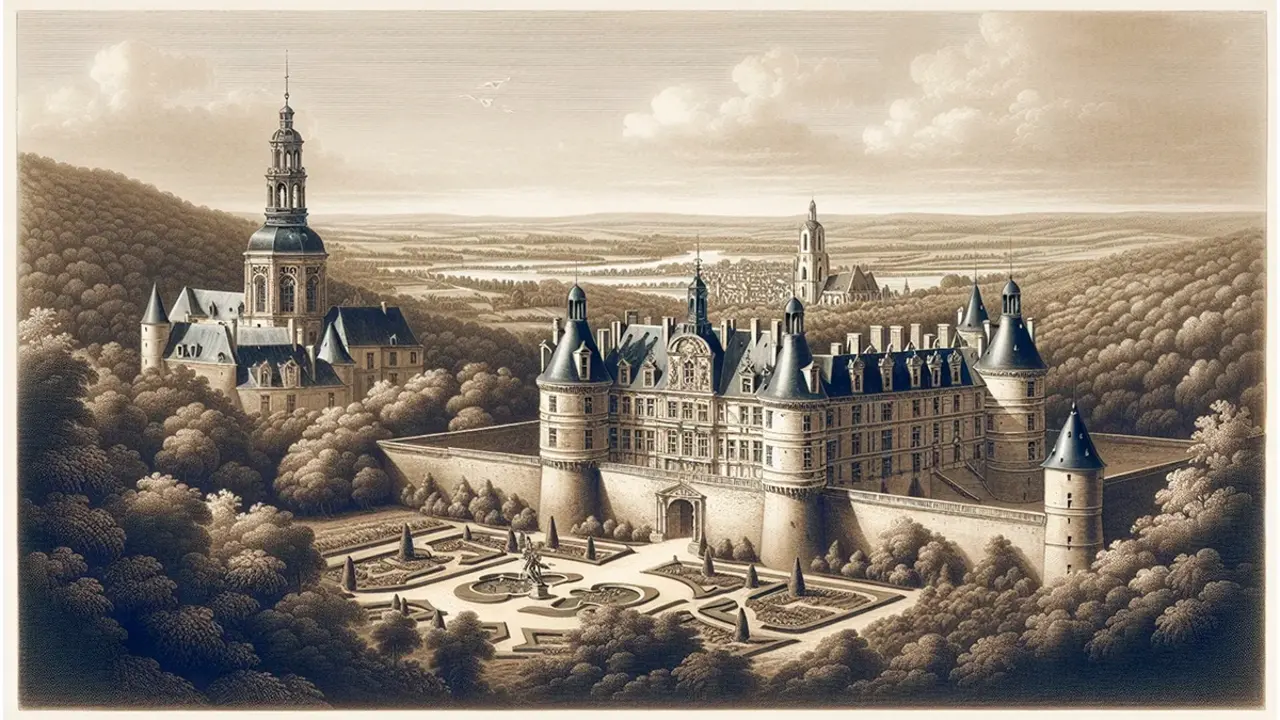Tangiers: the dream that traps you in its mystery

The film director Javier Martín-Domínguez has made a very interesting documentary about the lives of Paul and Jane Bowles, entitled ‘Maps of Water and Sand’, as an approach to the atmosphere of the world of the romantic travellers who leisurely explored the most attractive virgin territories in North Africa.
The documentary premiered in Tangiers on 20 November at the Riad Sultan Theatre and is awaiting a tour of other Moroccan cities.
Javier Martín-Domínguez has developed his career in journalism, television and film, as a director, producer and scriptwriter. He is best known for his documentary ‘Leonora Carrington: The Surrealist Game’ (2012). With his fiction film ‘Within the skin’ he won the first prize at the Pamplona Film Festival.
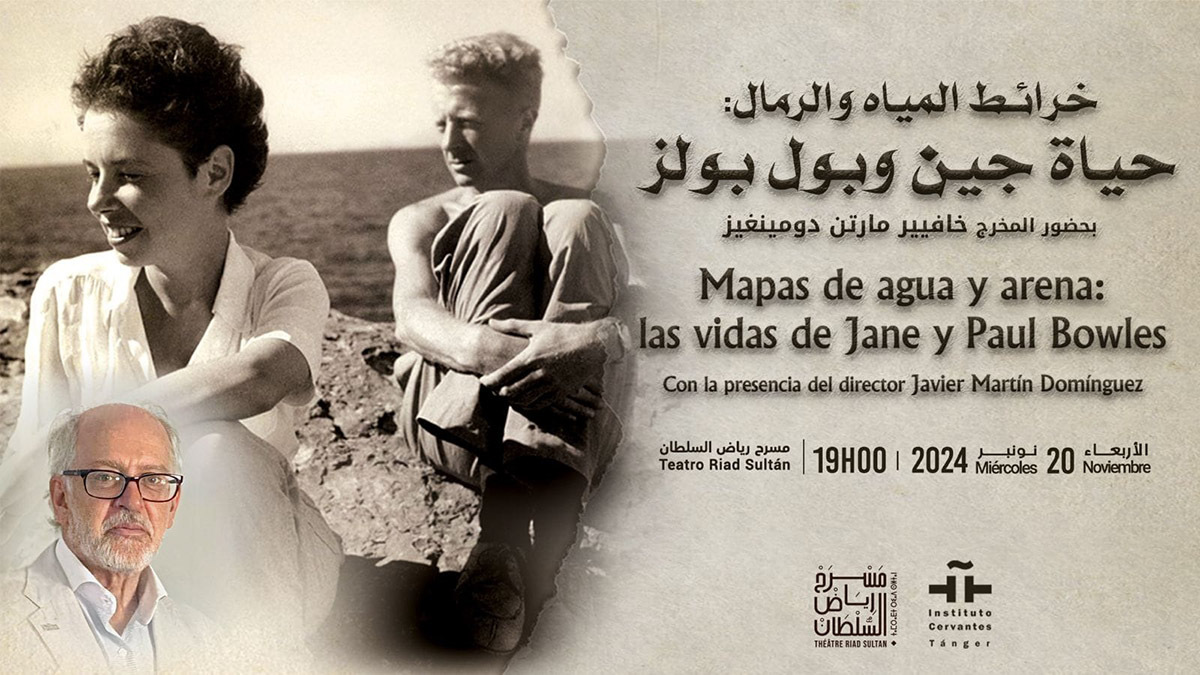
Martín-Domínguez worked for TVE as director of development and thematic channels and general secretary. He was correspondent for Radio Televisión Pública Española in New York for ten years, and correspondent in the Far East, based in Tokyo, for the Barcelona daily La Vanguardia. He was also editor-in-chief of the magazine Comunicación XXI, as well as a columnist on film and the media.
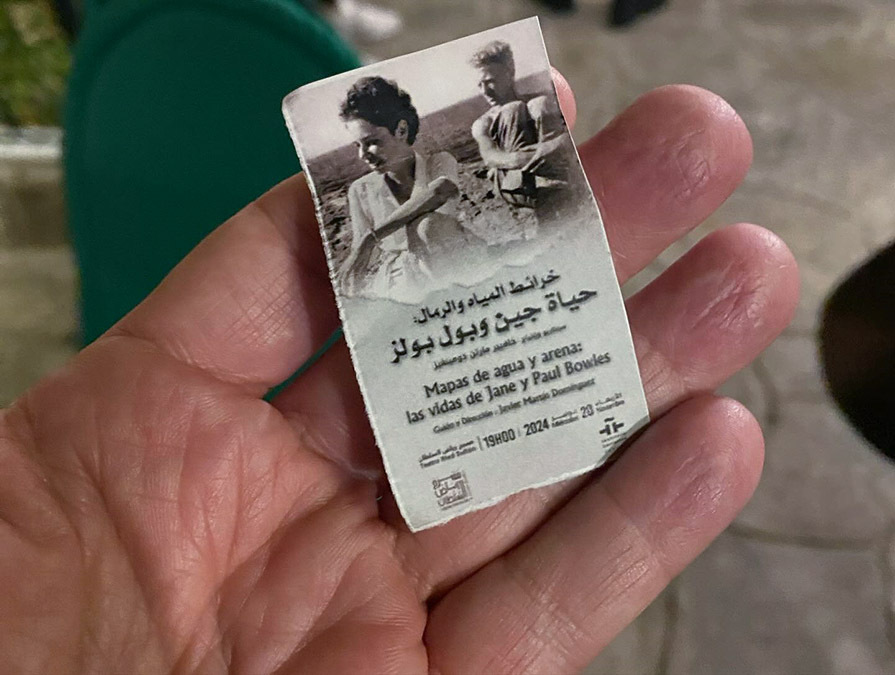
How did you come up with the idea of making this interesting documentary about Paul and Jane Bowles?
I discovered Paul Bowles as a reader of his novels in the United States in the early 1980s. It wasn't very easy to find his work, which was already published by marginal university publishers, but, because of this search, Bowles appeared in my life with ‘The Sheltering Sky’, with ‘Let Her Fall’ and with ‘The Spider's House’ and I couldn't stop buying and recovering his books and, finally, his autobiography as well.
This gave me a fascination for travel, for adventure, for the exotic world, and for Morocco.
He was a musician-composer who came up with the idea that he had to write a novel that took place in Africa in the desert and for that he had to return to Tangier, which was a city he had known previously and that impulse of a dream brought him here and me, to my dreams of looking into his life there. And so the idea was finally born when I came back to make a film about this travelling writer who has fascinated me; and I came to Tangier, I proposed it to him and in the end we did it.

What do you share with Bowles in your vision of the city of Tangiers?
We are both fascinated by this world that is at the same time authentic and very real; not because things here seem to have no catch, that people are the way they are; but, at the same time, you don't get to know the intimate secret of why they act the way they are; so there is a mixture of a taste for a civilisation, for a distant, different culture that fascinates you.
But you know that it hides something special and the search for that is what forces you to continue and to go deeper into this city that has taken on a name of pure fantasy, of pure dream, through its streets, its food and its smells.
After living it from time to time as I do on my trips to Tangier, you realise that this is not true, that Tangier is a very complex dream and that you will continue to dream for a long time.
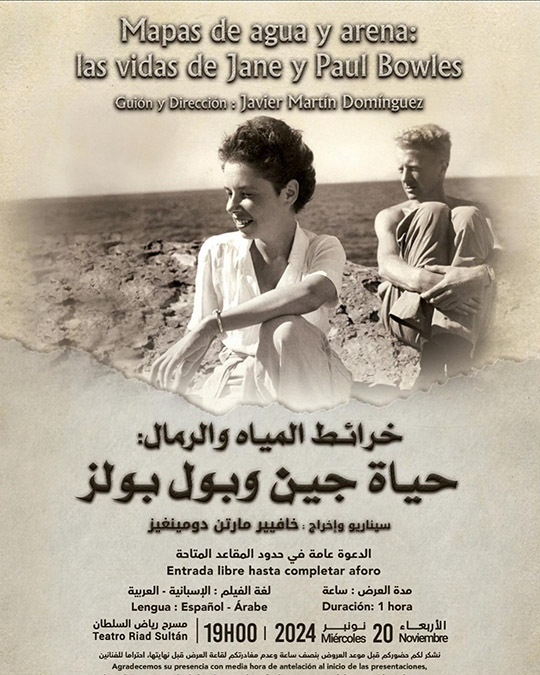
What does the title ‘Maps of Water and Sand’ symbolise in the life of Jane and Paul Bowles?
It is the mixture of two personalities or two things that don't match: water in one place and sand in everything.
We see that the maps are painted in a sepia colour and a blue colour and they don't go together, but there is a line that joins them. That is what is different and the only thing that is there is a curious sensation of explaining it inside a map; because maps are the ones that allow us to look for the direction of places in life.
So, as they are two opposite or complementary things, they need an explanation and that is the map that must be followed to find the keys to this secret, ‘The maps of water and sand’. It is curious because there are two personalities here, a Paul in sepia and a Jane in blue: water and sand, something solid and something voluble.
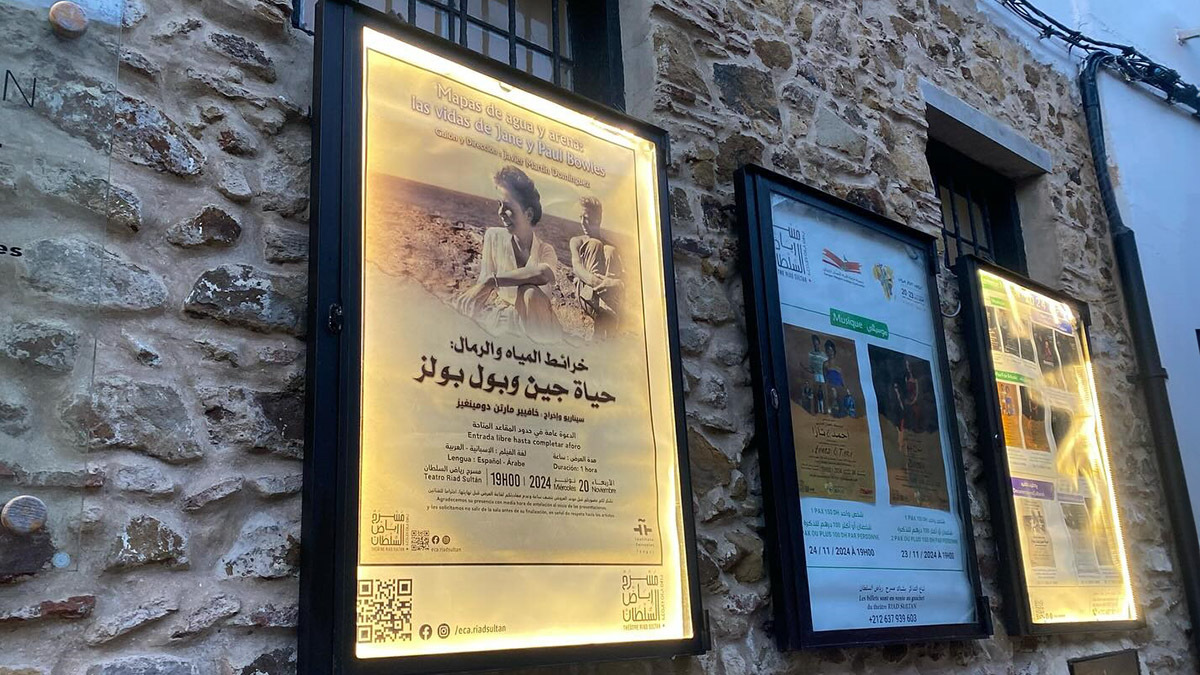
What aspects of the Bowles couple's lives have fascinated you and what aspects have shocked you?
The ability to leave the world of a renowned composer of music, how he was able to change his register, to leave music, to give himself up to writing and to abandon a very intense and fun life in New York, to enter into adventure, into nomadism, to look for another formula for life. To really be a spectator, not of a world that you can control, but of a distant world, alien to yourself, forces you to heighten your senses and to explain life to yourself with much more depth.
They sought to flee from the everyday, from the simple, from the commonplace and give themselves over to the fascination of new, different worlds, that's what I'm most passionate about.
What struck me is the complex relationship between the couple with very different interests even in writing; each one would write in a very different way with a very structured universe, very elaborate and full of change like a continuous firework that evaporates and gets out of place. The fact that these two personalities were able to live together and had a few years of mutual support also explains a lot about how couple relationships are.

